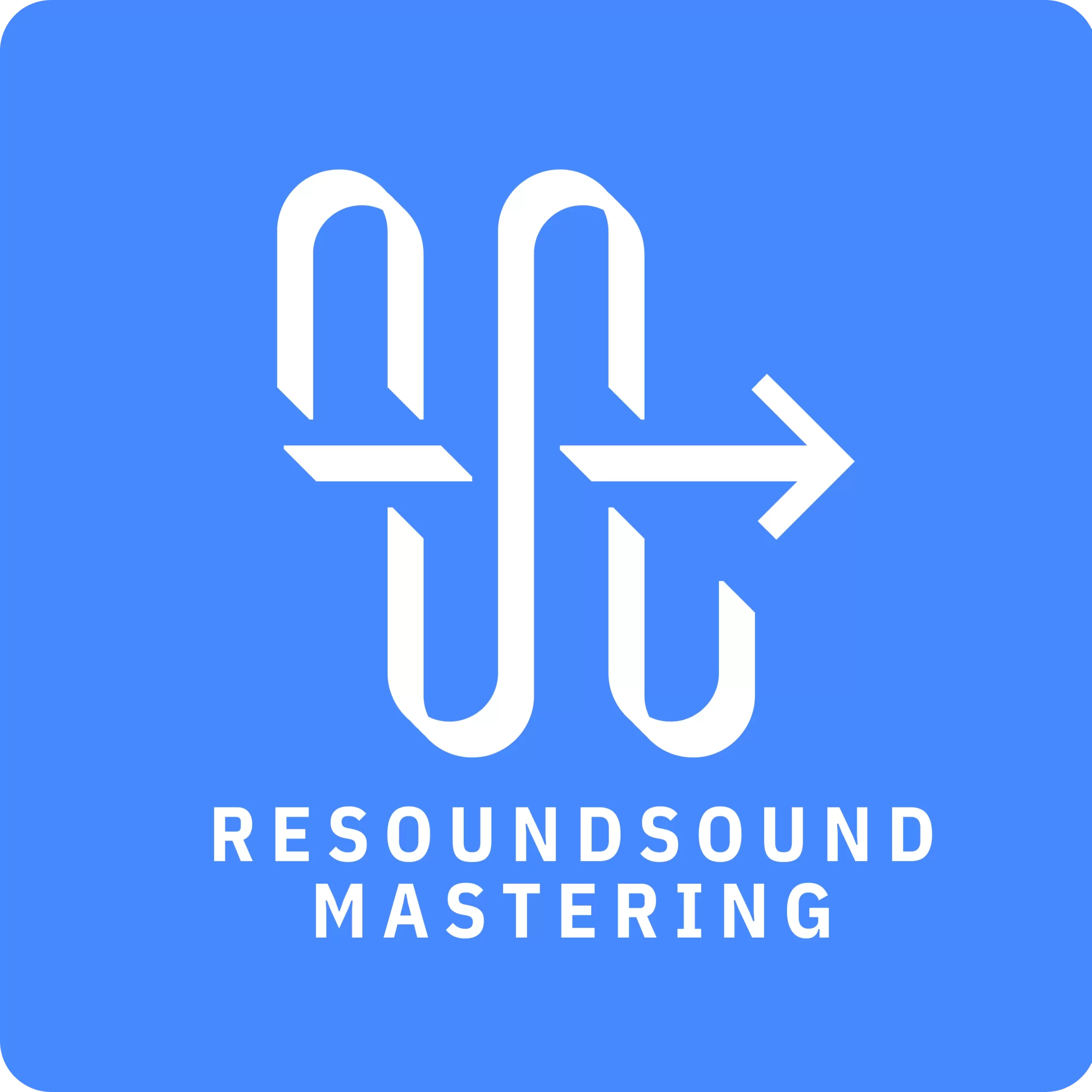What is your concentration span? There’s a limit.
Author: Ilpo Karkkainen
-
Check the Mix in Mono
Listening to your mix in mono is a great practice that will help you point out potential pitfalls. How? (more…)
-
Clever Breathing
Here’s a neat trick I like to use when working with vocals.
Personally I often like to leave a lot of the breathing sounds in the vocal, but this doesn’t come without problems. (more…)
-
Control the Consonants
Mixing vocals is a wide topic, but here’s a tidy trick that will give you a head start.
Our brain and ears rely heavily on listening to the consonants when trying to understand speech.
The frequency range that provides most clarity to consonants is around 1.5kHz-4kHz – centered at about 2500Hz. The exact area varies depending on the vocalist.
Two things to remember:
- Make sure, using EQ or other means, that the consonants come through properly in the mix.
- Identify and deal with the conflicting elements in the mix to create space for the consonants.
Using these principles you can make the vocal come through better without having to make it louder than necessary.
-
Reverb Timing
Timing is what often makes the difference between professional and amateurish sounding material. Timing the reverbs is part of this but easily overlooked.
Time the pre-delay, early reflections and reverb tail to support the rhythm of your track. What I like to do is first make the reverb really loud and solo that together with the rhythm tracks. Then start adjusting. Utilize envelope controls (if any) to take things further.
Remember – good timing doesn’t mean everything has to be 100% tight and spot on. It’s better to go with what feels right.
With the right timing your reverbs will contribute to the overall groove of the track instead of taking away from it.
-
Turn Off Your Screen
This little music production tip is very simple, but don’t underestimate it’s power. In fact I’m pretty sure you’ll be surprised how effective it is if you haven’t tried it before. (more…)
